A) Warming air melts permafrost releasing methane,a natural absorber of potent greenhouse gases.
B) Less water evaporating will create more high level clouds causing the surface to warm.
C) Warming oceans release more water vapor,a potent greenhouse gas that absorbs longwave radiation,further increasing temperature.
D) Warming oceans release less water vapor,a potent greenhouse gas that absorbs longwave radiation,further increasing temperature.
F) A) and C)
Correct Answer

verified
Correct Answer
verified
Multiple Choice
The SO₂emissions displayed in this map derive mainly from the 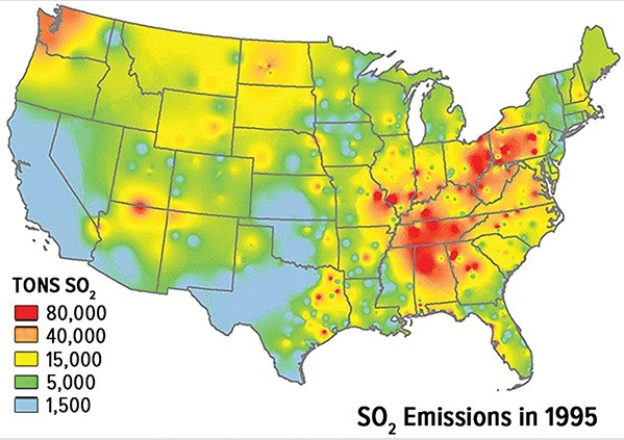
A) automobile emissions from point sources.
B) automobile emissions from nonpoint sources.
C) burning of coal from point sources.
D) burning of coal from nonpoint sources.
F) None of the above
Correct Answer

verified
Correct Answer
verified
Multiple Choice
The main National Academy of Science conclusion on global warming since the mid-1800s states 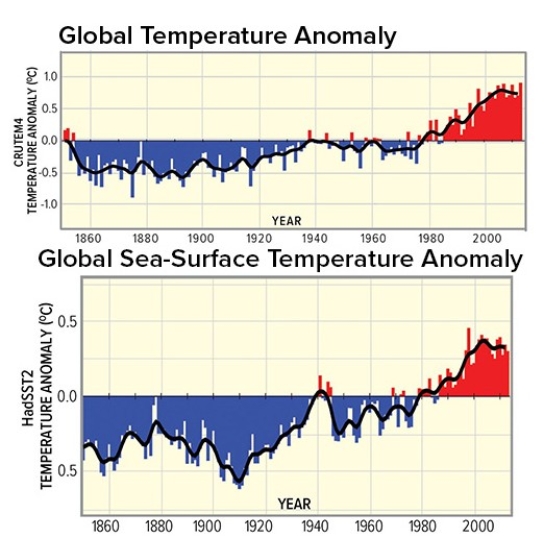
A) insufficient data exists to definitively state global warming has occurred.
B) temperatures have remain unchanged.
C) temperatures have risen around 0.5°C.
D) temperatures have risen 6°C.
F) C) and D)
Correct Answer

verified
Correct Answer
verified
Multiple Choice
The seasonality of precipitation for the Humid Continental climate in North America can best be explained by
A) the moist eastern side of the subtropical high.
B) the moist western side of the subtropical high.
C) monsoonal precipitation.
D) westerly migration of midlatitude cyclones.
F) A) and D)
Correct Answer

verified
Correct Answer
verified
Multiple Choice
Which of the following is a correct example of global warming creating a negative feedback?
A) Ice has a higher albedo than water so replacing ice with water causes the surface to warm.
B) Ice has a lower albedo than water so replacing ice with water causes the surface to warm.
C) Less water evaporating will create more low level clouds,causing the surface to warm.
D) More water evaporating will create more low level clouds,causing the surface to cool.
F) None of the above
Correct Answer

verified
D
Correct Answer
verified
Multiple Choice
Imagine you fly a direct route from northern Greenland to the southern part of Hudson Bay.The correct sequence of climate types you would pass would be
A) Dfc,ET,E.
B) Dfc,E,ET.
C) ET,E,Dfc.
D) EF,ET,Dfc.
F) C) and D)
Correct Answer

verified
Correct Answer
verified
Multiple Choice
Given that climate correlates closely with vegetation,what letter approximates the type of vegetation you would see for an Aw climate? 
A) A
B) B
C) C
E) A) and C)
Correct Answer

verified
Correct Answer
verified
Multiple Choice
Good examples of Marine West Coast Climates would be
A) upper Midwest of the United States
B) western coast of Canada.
C) western coast of Africa.
D) western coast of South America.
F) C) and D)
Correct Answer

verified
B
Correct Answer
verified
Multiple Choice
Pollutants that are aerosols consist of
A) gases and liquids.
B) liquids and solids.
C) gases and solids.
D) gases,liquids,and solids.
F) None of the above
Correct Answer

verified
Correct Answer
verified
Multiple Choice
The biggest loss of sea ice between 1979 and 2015 appears to be along the 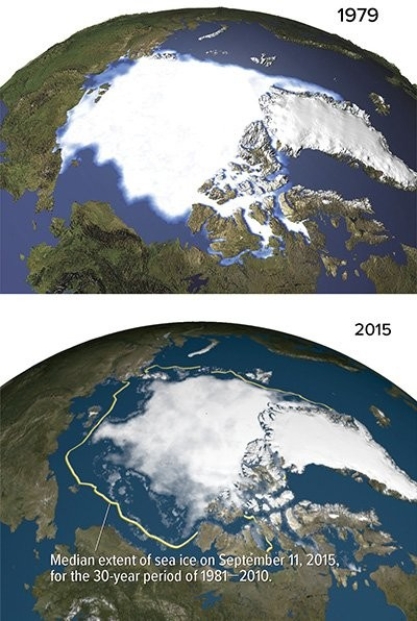
A) north shore of Russia.
B) east shore of Greenland.
C) west shore of Greenland.
D) north shore of Alaska.
F) B) and C)
Correct Answer

verified
Correct Answer
verified
Multiple Choice
The Humid Subtropical climates (Cfa)
A) have a pronounced dry season during the summer.
B) have a pronounced dry season during the winter.
C) are wet year-round and are generally located on the east side of continents.
D) are wet year-round and are generally located on the west side of continents.
F) A) and C)
Correct Answer

verified
Correct Answer
verified
Multiple Choice
Which of the following is a correct example of global warming creating a positive feedback?
A) Ice has a higher albedo than water so replacing ice with water causes the surface to warm.
B) Ice has a lower albedo than water so replacing ice with water causes the surface to warm.
C) More water evaporating will create more low level clouds,causing the surface to warm.
D) Less water evaporating will create more low level clouds,causing the surface to warm.
F) C) and D)
Correct Answer

verified
Correct Answer
verified
Multiple Choice
General Circulation Models (GCM)
A) use data collected exclusively from high-resolution satellites.
B) use spectral models derived from energy released from the earth and clouds.
C) can be run on powerful home computers,allowing citizen scientists to run models.
D) use complicated two-dimensional grid systems that change temporally.
F) B) and D)
Correct Answer

verified
Correct Answer
verified
Multiple Choice
Pictured here is a model of how the atmosphere is heated.Which arrow represents heating of the earth's atmosphere by longwave radiation? 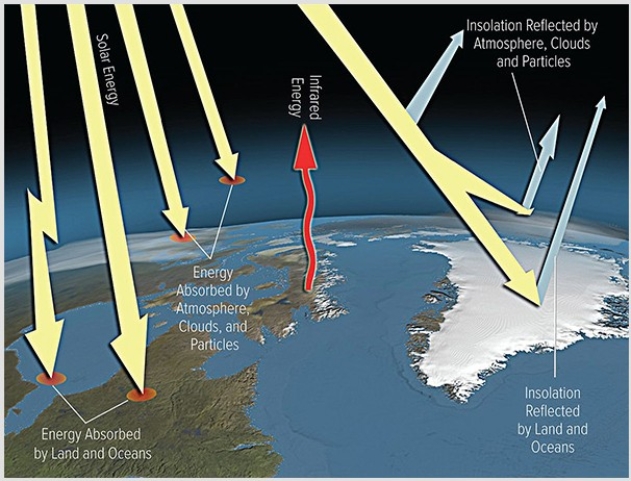
A) Insolation reflected by land
B) Insolation reflected by clouds
C) Energy absorbed by land
D) Infrared energy emitted by land
F) A) and D)
Correct Answer

verified
Correct Answer
verified
Multiple Choice
Observe where the sun is overhead for most of the year in the Tropics.Temperatures are most constant along the 
A) Arctic Circle.
B) Tropic of Cancer.
C) Equator.
D) Tropic of Capricorn.
E) Antarctic Circle.
G) A) and C)
Correct Answer

verified
Correct Answer
verified
Multiple Choice
A factor that can influence earth's temperature but not be influenced by humans is
A) aerosol concentration.
B) atmospheric albedo.
C) surface albedo.
D) variations in solar radiance.
F) B) and D)
Correct Answer

verified
D
Correct Answer
verified
Multiple Choice
Arid climates are
A) located where precipitation exceeds evaporation for several months.
B) are found on the east coasts of most continents.
C) confined to Sahara,Arabian Peninsula,and American Southwest.
D) not all hot and can have freezing temperatures,even during the day.
F) All of the above
Correct Answer

verified
Correct Answer
verified
Multiple Choice
Calculate the percent increase in CO₂between 1960 (at 320 ppm) and 2010 (at 400 ppm) .The best answer is 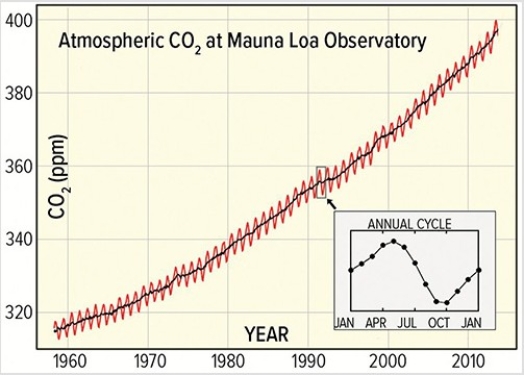
A) 20%.
B) 25%.
C) 80%.
D) 400%.
F) All of the above
Correct Answer

verified
Correct Answer
verified
Multiple Choice
Which of the following areas would most likely be a rainforest? 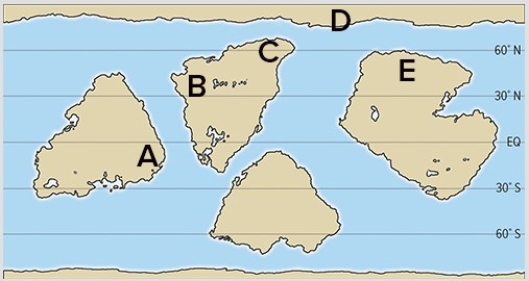
A) A
B) B
C) C
D) D
E) E
G) All of the above
Correct Answer

verified
Correct Answer
verified
Multiple Choice
Midlatitude climate generally
A) occur in the northern hemisphere,have relatively even distribution of precipitation,and have westerly wind patterns.
B) occur in the northern hemisphere,have precipitation concentrated in the winter,and have monsoonal wind patterns.
C) occur in the southern hemisphere,have relatively even distribution of precipitation,and have monsoonal wind patterns.
D) occur in both hemispheres,have relatively even distribution of precipitation,and have variable wind patterns.
F) A) and D)
Correct Answer

verified
Correct Answer
verified
Showing 1 - 20 of 82
Related Exams